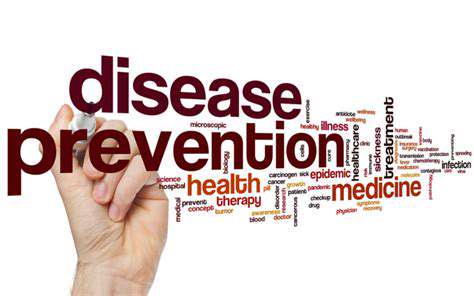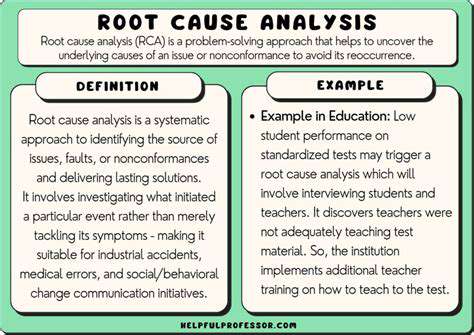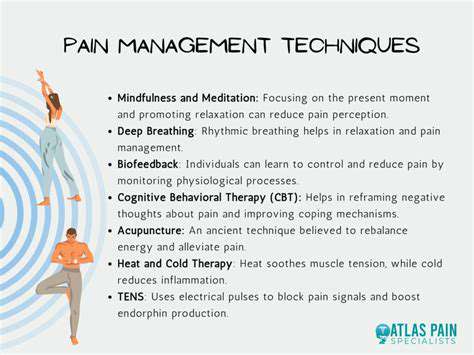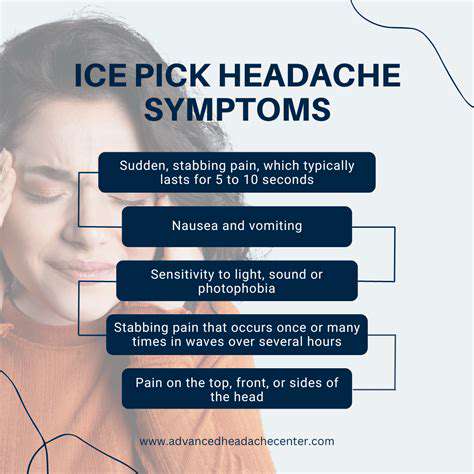Sharp Pain in Head When Bending Over: Causes and Solutions
Catalog
Bending causes pressure changes in the skull, leading to head pain.
Sinusitis and cervical spine issues are common medical causes of bending-related headaches.
Seek medical help for severe head pain, especially with neurological symptoms.
Prevent pain by maintaining good posture and incorporating exercise.
Bending alters cerebrospinal fluid and blood flow, causing head pain.
Common causes include sinus infections, migraines, and tension headaches.
Hydration, pain relievers, and compresses can offer relief.
Seek medical help for sudden, severe pain or neurological symptoms.
Doctors use medical history, exams, and tests to diagnose causes.
Treatments vary depending on the diagnosis, from meds to surgery.
Why Does My Head Hurt So Bad When I Bend Down? Exploring the Culprits
Understanding the Anatomy of Pain During Bending
The human head is a complex structure, with various systems interacting to maintain balance, vision, and overall physical integrity. When bending down, the Shift in posture can cause changes in pressure within the skull and sinuses, leading to intense pain. Such pain often results from muscle tension or the strain of surrounding connective tissues, which may not be accustomed to the sudden position change.
Moreover, certain anatomical features such as blood vessels and nerves can be stretched or compressed when the head is moved. This physiological reaction can send pain signals to the brain, making it essential to comprehend these internal dynamics. Understanding how our body reacts to different positions can aid in identifying the root causes of such pangs, ultimately leading to better management and prevention strategies.
Common Medical Conditions Linked to Head Pain
Several medical conditions can manifest as sharp head pain upon bending over. Sinusitis, for instance, is an inflammation of the sinus lining that can create significant pressure in the head. Bending down increases blood flow to the affected area, amplifying the sensation of discomfort. When the sinuses are congested, the act of bending suddenly can trigger sharp, piercing pains that can be debilitating.
Another condition to consider is cervical spine issues. Problems like herniated discs or pinched nerves in the neck can cause radiating pain that becomes aggravated with movements like bending. The interconnectedness of the spine and the nerves that travel to the head means any strain can result in severe headaches, particularly when adopting a forward-leaning posture.
When to Seek Medical Attention for Head Pain
While occasional headaches or pain due to bending over may not be alarming, certain symptoms warrant immediate medical attention. If the sharp pain is accompanied by visual disturbances, nausea, or difficulty speaking, it is crucial to seek help. These symptoms may indicate serious underlying conditions such as stroke or other neurological disorders, and prompt treatment can be lifesaving.
Additionally, if the pain persists or worsens over time, it may suggest a developing issue that should be evaluated by a healthcare professional. Persistent headaches could signal chronic conditions that require intervention, ensuring that any serious complications can be effectively managed and treated.
Preventive Measures to Alleviate Pain
Preventing sharp head pain while bending over may involve several practical strategies to protect oneself from unnecessary strain. Maintaining proper posture throughout daily activities can significantly reduce the risk of tension-related headaches. Ergonomic adjustments to one’s workspace and being cautious when lifting or bending can alleviate strain on the neck and shoulder muscles, helping mitigate discomfort.
In addition, incorporating regular exercise and stretching into one's routine enhances flexibility and strengthens the neck and back muscles. Staying hydrated and managing stress through relaxation techniques, such as meditation or yoga, can also contribute positively by decreasing overall tension within the body, which might lead to fewer headaches when bending over.
Finding Relief: Strategies and When to Seek Medical Help

Understanding the Mechanics of Head Pain While Bending
Sharp head pain experienced when bending over is a common, yet often concerning symptom, often stemming from changes in pressure within the skull and surrounding areas. This pressure shift can be triggered by several factors, and understanding the underlying mechanics is crucial for effective diagnosis and management, allowing individuals to better understand their symptoms and to identify potential causes and associated risks. The act of bending, whether it involves simple movements like tying shoes or more strenuous activities such as lifting heavy objects, naturally alters the flow of cerebrospinal fluid (CSF), which cushions and protects the brain and spinal cord, and this fluctuation in pressure can sometimes manifest as head pain.
Furthermore, the position of the head relative to the heart plays a significant role in blood flow dynamics; when bending over, the head is lowered below the heart, which increases the blood pressure in the blood vessels within the head, potentially leading to throbbing or sharp sensations. Various factors, including sinus infections, eye strain, and even the positioning of the head during sleep, might influence the sensation of pain. Consequently, a thorough examination of the potential causes of head pain when bending is critical in order to provide the most appropriate medical assistance.
Common Causes of Sharp Head Pain: From Sinus Infections to Migraines
One of the most frequent causes of head pain when bending over is sinus infections, characterized by inflammation and congestion within the sinuses, which are air-filled cavities located behind the forehead, cheeks, and eyes. The pressure buildup from inflamed sinuses can become more pronounced when bending, resulting in sharp and localized pain. The distinct pain may include headache, facial pressure, and tenderness and can be an indicator of a sinus infection. Besides, migraine headaches, frequently accompanied by other symptoms such as nausea, visual disturbances, and sensitivity to light and sound, can intensify with changes in posture, including bending over, that contribute to this symptom.
Tension headaches, another common type of headache, are often triggered by stress and muscle tension, affecting the head, neck, and shoulders, and can also worsen with bending. Less frequently, serious conditions such as aneurysms or tumors within the brain can lead to this type of head pain. It is essential to identify and recognize these causes to determine the best treatments. These serious medical conditions require immediate diagnosis and management to prevent life-threatening complications. Therefore, getting a correct diagnosis is essential for prompt and appropriate treatment.
Home Remedies and Lifestyle Adjustments for Pain Management
Fortunately, many home remedies can provide relief for mild to moderate head pain that occurs when bending over. Adequate hydration is fundamental. Staying well-hydrated helps to keep the body working optimally, and drinking plenty of water can also help to thin nasal secretions, reducing sinus pressure. Over-the-counter pain relievers, such as ibuprofen or acetaminophen, can effectively manage pain, and following dosage instructions properly is very important. Using a cool compress on the forehead or a warm compress on the sinuses can help reduce inflammation and alleviate pain.
Lifestyle adjustments can also play a significant role in preventing and managing head pain. Practicing good posture, especially when sitting or standing for extended periods, can reduce muscle tension that can trigger headaches, as well as maintaining a regular sleep schedule. It is essential to incorporate relaxation techniques, such as deep breathing exercises or meditation, to manage stress, a common headache trigger. People should limit screen time and ensure proper lighting conditions to reduce eye strain. Regular exercise and a balanced diet are also important for overall health and pain prevention.
When to Seek Medical Attention: Recognizing Red Flags
While many instances of head pain when bending over resolve with home remedies and lifestyle adjustments, there are certain symptoms or circumstances that warrant immediate medical attention. If the head pain is sudden, severe, and different from any previous headache experiences, it should be considered a potential emergency, which requires immediate diagnosis and appropriate treatment. Head pain associated with neurological symptoms, like vision changes, weakness, numbness, or difficulty speaking, demands prompt medical intervention, given these can indicate serious neurological conditions.
Other red flags include the presence of a fever, stiff neck, or rash, which could suggest an infection. If the pain is accompanied by nausea, vomiting, or sensitivity to light, or if it worsens despite home treatment or over-the-counter pain relievers, a medical evaluation is important. Also, recurring or persistent head pain when bending over, even if it is not severe, should be discussed with a healthcare professional to rule out any underlying conditions. These situations demand professional medical attention to rule out any underlying life-threatening medical issues. Prompt medical intervention can help determine the cause of your head pain and allow you to obtain appropriate treatment.
Diagnostic Procedures and Treatment Options
When a healthcare professional is consulted regarding head pain that occurs when bending over, the diagnostic process will likely begin with a comprehensive medical history and physical examination. During the consultation, the doctor will ask about the pain's characteristics, frequency, duration, and any associated symptoms, as well as the patient's medical history and lifestyle. This information is essential in order to narrow down the possible causes. In many cases, a neurological exam is necessary to assess the patient's reflexes, coordination, and sensory function.
Depending on the suspected cause, additional diagnostic tests might be ordered. These tests could include imaging studies, such as a CT scan or MRI of the head, to detect structural abnormalities like tumors or aneurysms. If a sinus infection is suspected, the healthcare provider may order an X-ray or CT scan of the sinuses. For certain conditions, a lumbar puncture (spinal tap) might be necessary to analyze cerebrospinal fluid. Following diagnosis, the patient will be given treatment based on the underlying cause of their pain. Treatments may range from medication to lifestyle changes, or even surgery, depending on the diagnosis.




